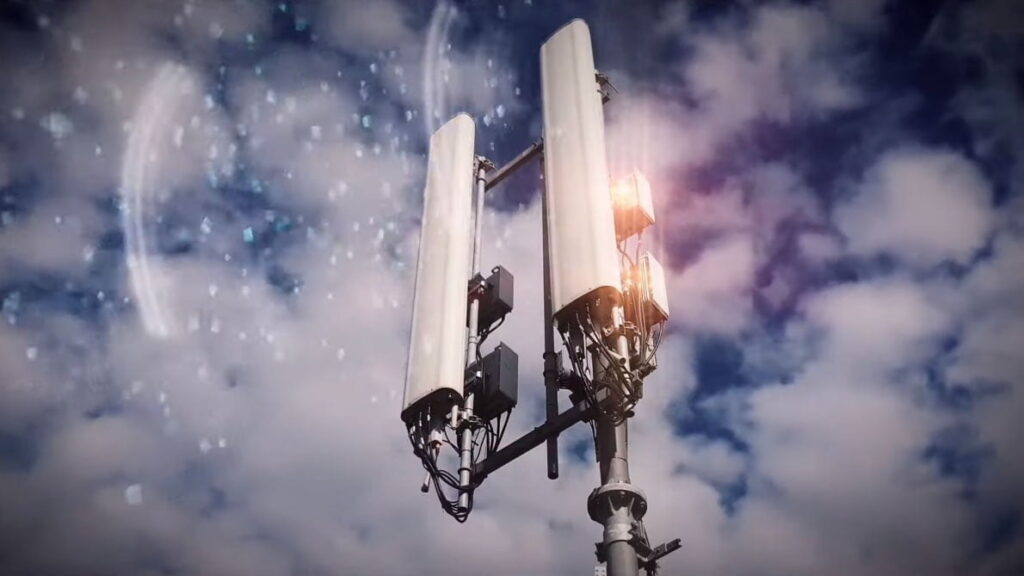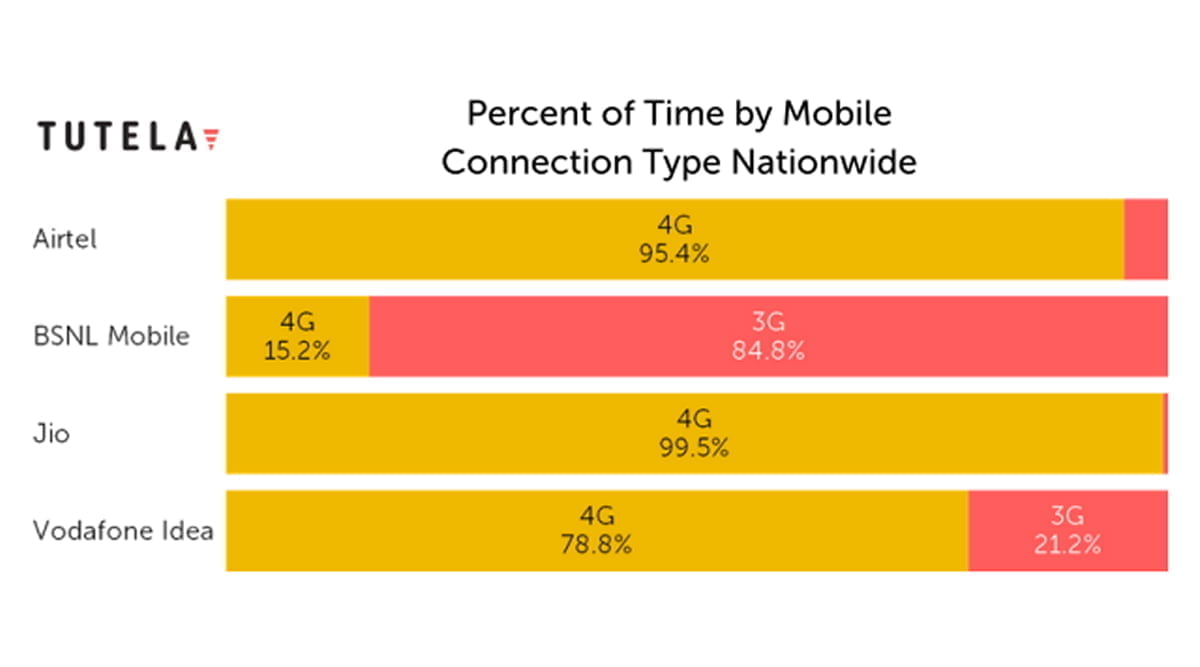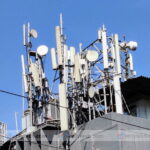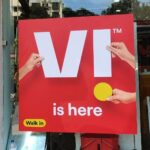Independent crowdsourcing data company Tutela has come out with its India State of Mobile Experience – March 2021 analyzing the mobile network experience across India. Tutela analyzed over 31 million speed and latency tests taken from real-world smartphone users collected between August 1, 2020, and January 31, 2021.
We take a look at mobile data volume by LTE band nationwide provided by Tutela. The report is similar to India State of Mobile Networks – March 2020 by Tutela which had a similar analysis based on measurements collected between August 1st, 2019 and January 31st, 2020.
LTE spectrum usage in India currently relies on a mix of frequency bands ranging from 850 MHz to 2300 MHz with telecom operators having a different approach depending on their spectrum holdings.
Mobile Data Volume by LTE Band Nationwide
Tutela notes that leading telecom operators Airtel and Jio rely heavily on the 2300 MHz band for data usage. Airtel and Jio allocated 48.9% and 67.3% of their data usage to this frequency band respectively as per Tutela between August 2020 and January 2021 whereas the same was pegged at 54% and 63.3% respectively between August 2019 and January 2020 by Tutela.
Vodafone Idea (Vi) meanwhile uses very little of 2300 MHz band for its LTE data usage instead depending on a split of 2100 MHz and 2500 MHz for much of its high-band usage.
BSNL meanwhile is completely dependent on the 2100 MHz band for its LTE data traffic. Airtel and Vodafone Idea have 16.7% and 18.1% of their 4G data traffic transceived on this frequency band.
Vodafone Idea (Vi) has the largest frequency of its LTE traffic go over mid-band using 1800 MHz as the primary band for 51.7% of its LTE data usage with Airtel and Jio having 30.1% and 15.4% of their data usage over this spectrum band.
Tutela notes that sub-GHz bands are used by Jio to carry a significant amount of 4G data traffic with 17.3% of data traffic using 850 MHz as the primary band. Airtel and Vodafone Idea use sub-GHz bands at less than half the rate of Jio notes Tutela.
3G and 4G usage in India
Tutela’s report on technology usage further notes that majority of subscribers in India spend a higher percentage of time connected to 4G for all operators but BSNL. Jio outperformed others with its users connected to 4G 99.5% of the time, only falling back on 3G in rare consequences. Airtel was a close second with 95.4% users spending time on a 4G connection.
BSNL users just spent 15.2% time on a 4G network with BSNL continuing to rely on 3G for its user base. Vodafone Idea had 78.8% users spend time on a 4G connection with 21.2% users spending time on a 3G connection.










Now Jio need to shift some traffic to the B3 and B5
To better utilise their spectrum portfolio
As of now their B3 and B5 is almost least congested